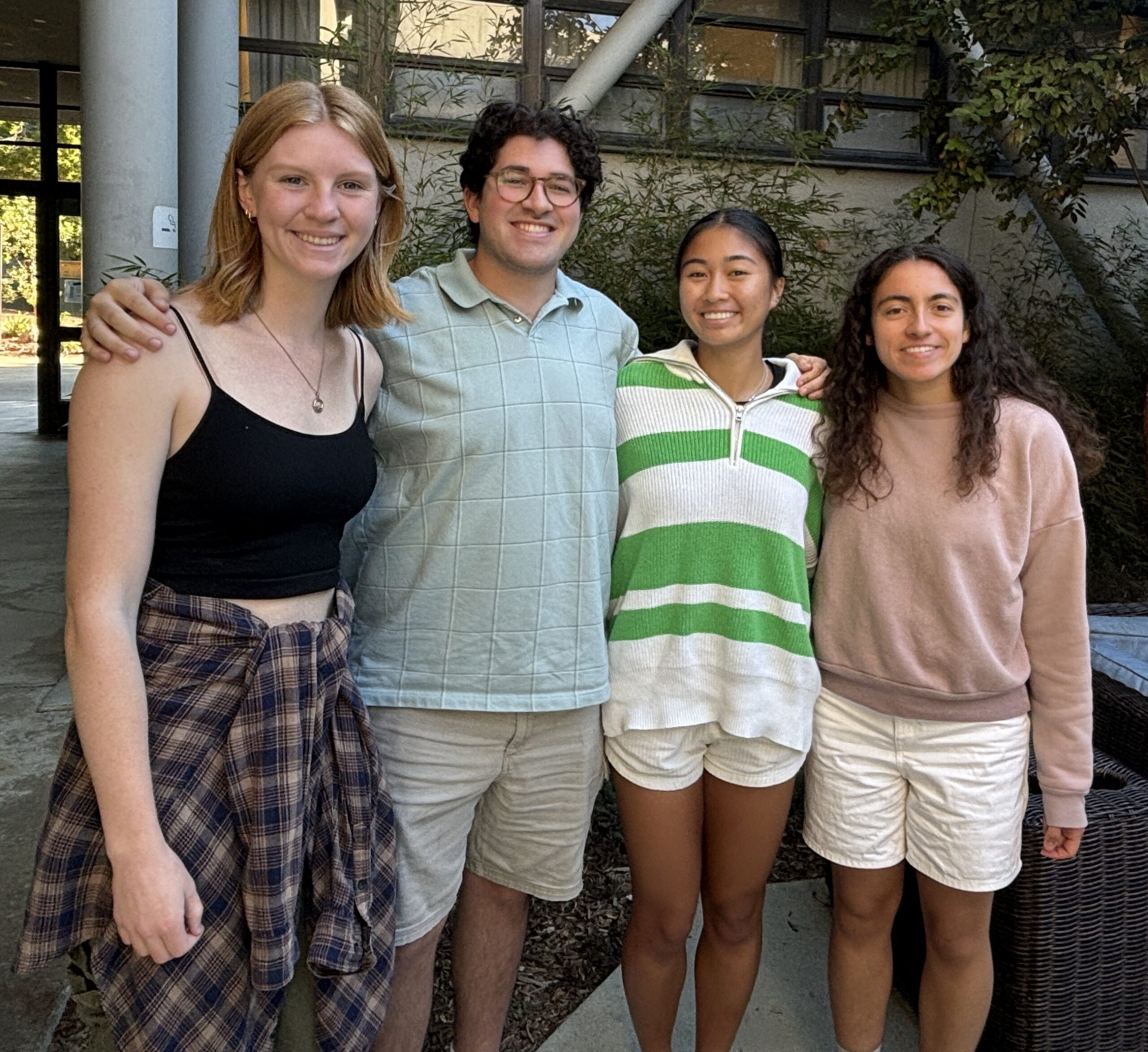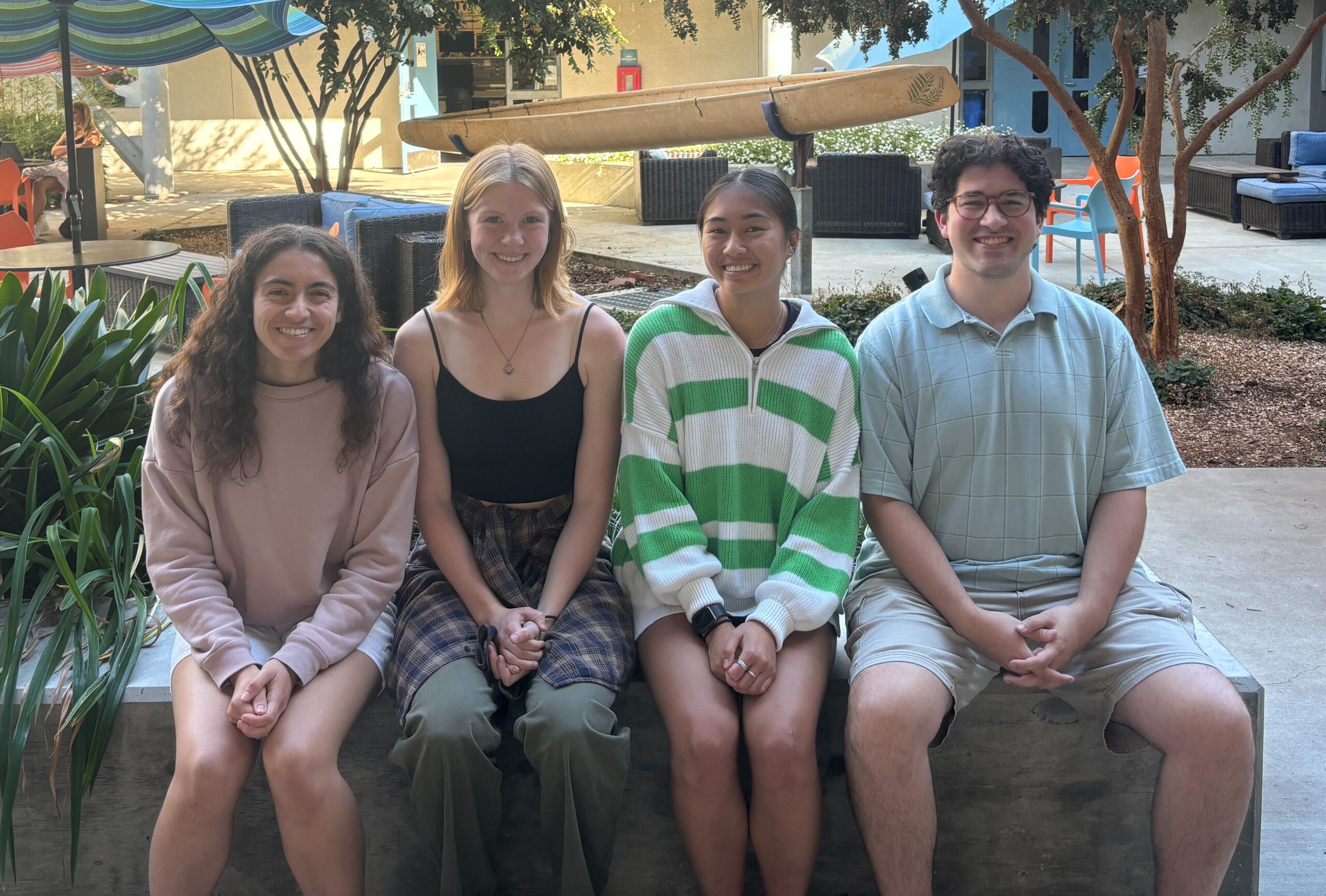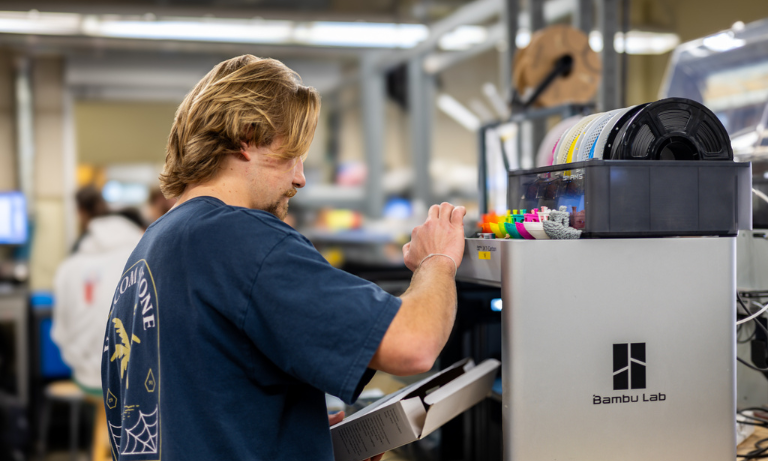This year marks the launch of Waterpower, a new academic club giving Cal Poly students more opportunities to dive into marine energy and hydropower. With interest already building, Waterpower is set to drive renewable energy projects, including national competitions.
Previously, entries for these competitions were handled as senior projects. Now, with Waterpower’s support, students from engineering and business disciplines can collaborate more effectively, developing innovative energy solutions.
“Energy independence excites students,” said Professor Peter Schuster, chair of the Mechanical Engineering Department and adviser to Waterpower. “It draws in those passionate about climate change and sustainability, especially given marine energy’s untapped potential and hydropower’s established role.
Waterpower will manage student projects as part of the U.S. Department of Energy’s Water Power Technologies Office’s collegiate competitions. The DOE recently announced its largest-ever lineup for the 2025 contests, with Cal Poly among the 36 teams selected. These events push students to tackle real-world energy challenges, aiming to inspire the next generation to pursue careers in hydropower and marine energy.
Schuster first discovered these competitions while researching the field, eager to apply his automotive safety background to make a broader impact. He found his focus in renewable energy, particularly marine energy and hydropower, which he calls the “grandparent of alternative energy.” In 2022, he advised the first Cal Poly team in the marine energy contest, where they earned second place overall and Rookie of the Year.
Building on that success, the marine energy team is already assembled and ready to get to work, not only leading the project but also helping to shape the future of Waterpower.

Team members Ellie Abundo, Paige Dixon, Samuel Rothstein and Kenna Toohill jumped at the chance to apply their skills to renewable energy — a shared passion for the mechanical engineering seniors.
“I’ve always been interested in sustainable energy,” said Paige Dixon, from Volcano, California. “This is the first project I’ve worked on in college that’s directly related to the field I want to go into, and it sounded super cool.”
They were inspired by last year’s team, which developed a sustainable energy source for charging autonomous underwater vehicles using a wave energy converter, and decided to get a head start on both the competition and their senior project.
This year’s contest asks teams to identify a promising market within the blue economy — industries related to the sustainable use of ocean resources — and determine the best marine energy application, then build and test a component of their solution.
They researched ideas over the summer, eventually landing on the topic of ocean observation, which could involve tracking ocean currents, monitoring marine ecosystems or studying how ocean patterns influence weather.
“There are a lot of remote observation devices out there, and ideally, you want to minimize the need for servicing them. For example, solar panels can face maintenance issues in ocean conditions, but by using marine energy, we could potentially place these devices even farther out without those challenges,” said Rothstein, who is originally from Portland, Oregon.
He added, “Being near the coast gives us a unique advantage — this is where energy innovation is happening.”
“Students are excited about developing a new type of energy, and I’m here for it.”
— Kenna Toohill, mechanical engineering
Waterpower will also support the hydropower competition, which this year challenges teams to convert nonpowered dams or assess the feasibility of pumped storage. A project team dedicated to this effort will be formed in the fall, adding to the growing focus on hydropower solutions.
The industry, known for its legacy of dams, is undergoing significant changes as much of its workforce nears retirement, making the need to replenish skilled talent more crucial than ever.
Faculty advisers Lauren Rueda (mechanical engineering), Vladimir Prodanov (electrical engineering), Robb Moss (civil and environmental engineering) and Barry Lieberman (Orfalea College of Business) will guide students through different aspects of both contests.
Traditionally, separate senior projects for business and electrical engineering majors addressed different parts of these competitions. Now, with Waterpower unifying these efforts, students from various disciplines can work together in a more integrated and cohesive way, creating a stronger interdisciplinary approach.
“Waterpower has opportunities for many majors, including electrical, mechanical, environmental and even business,” said Rothstein, noting that over 30% of the competition score is based on the business plan.
As a mechanical engineering major, Toohill represents another key group contributing to Waterpower’s interdisciplinary team. Toohill, a native of Billings, Montana, entered college with a goal of working in renewable energy, and she hopes the marine energy project will help solidify that path. She’s also committed to playing a key role in the club’s first year, helping to establish its foundation before she graduates.
“Students are excited about developing a new type of energy, and I’m here for it,” she said.
The club meets every Tuesday from 11:10 a.m. to noon in Building 10, Room 226, and is actively seeking students not only from engineering but also from business and communications. For more details, email cpwaterpower@gmail.com or follow them on Instagram @cpwaterpower.
By Emily Slater


